Developing old film
I have been getting deeper and deeper into the weeds with my photography. The most recent roll I shot was a roll of Eastman No. 10 film that expired in 1931, over 90 years ago. I found it on Etsy, which seems to have a plethora of dealers with really odd, fun films to shoot with.
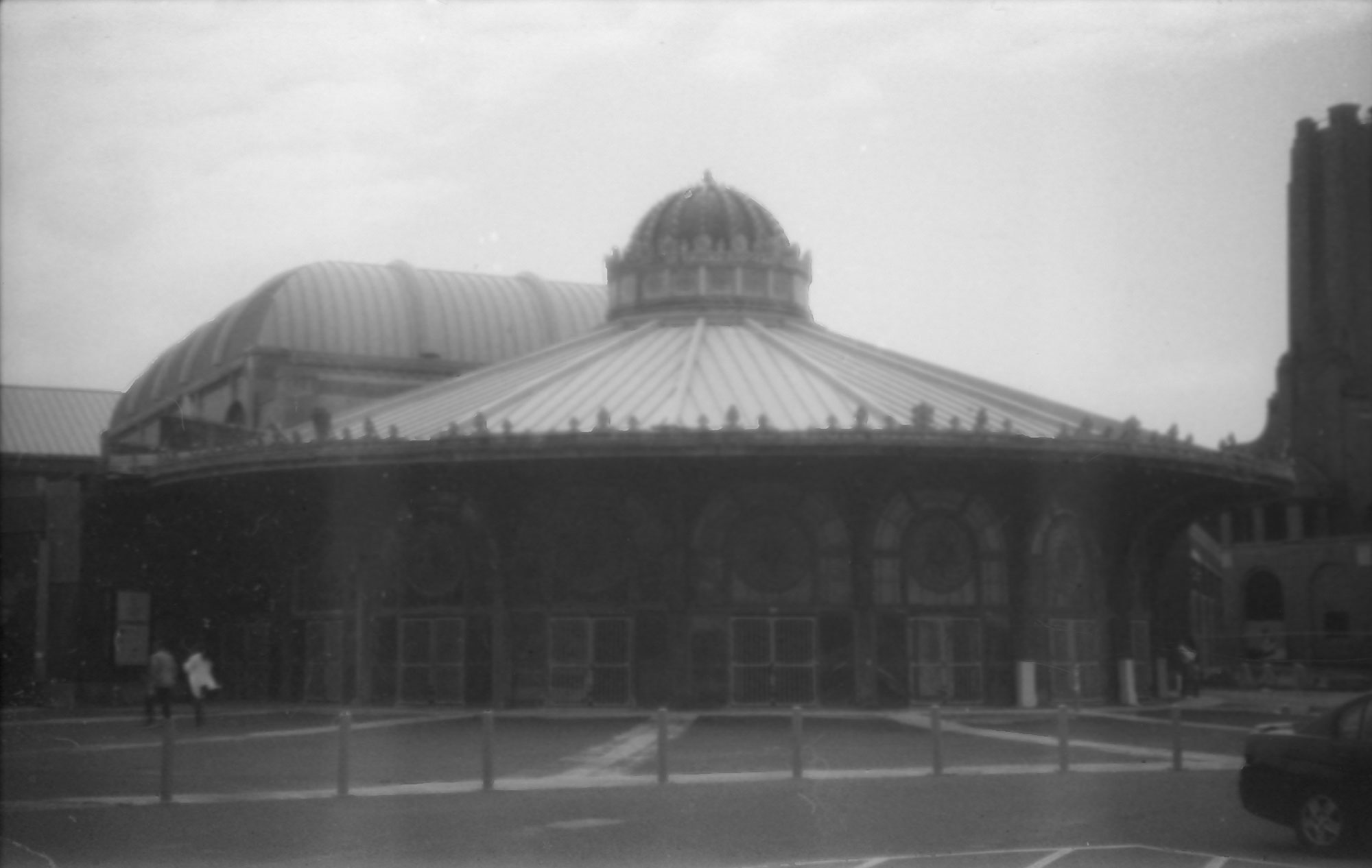
Needless to say, a film this old required special treatment. First, I shot it at EI 0.3. You need a lot of light to expose film that’s that slow, so I used my post-war Contax IIIa with its 50mm Sonnar lens at f/1.5 for 1/25 of a second. Just barely fast enough to allow handheld shots, although most of what I got on this roll is kinda blurry.
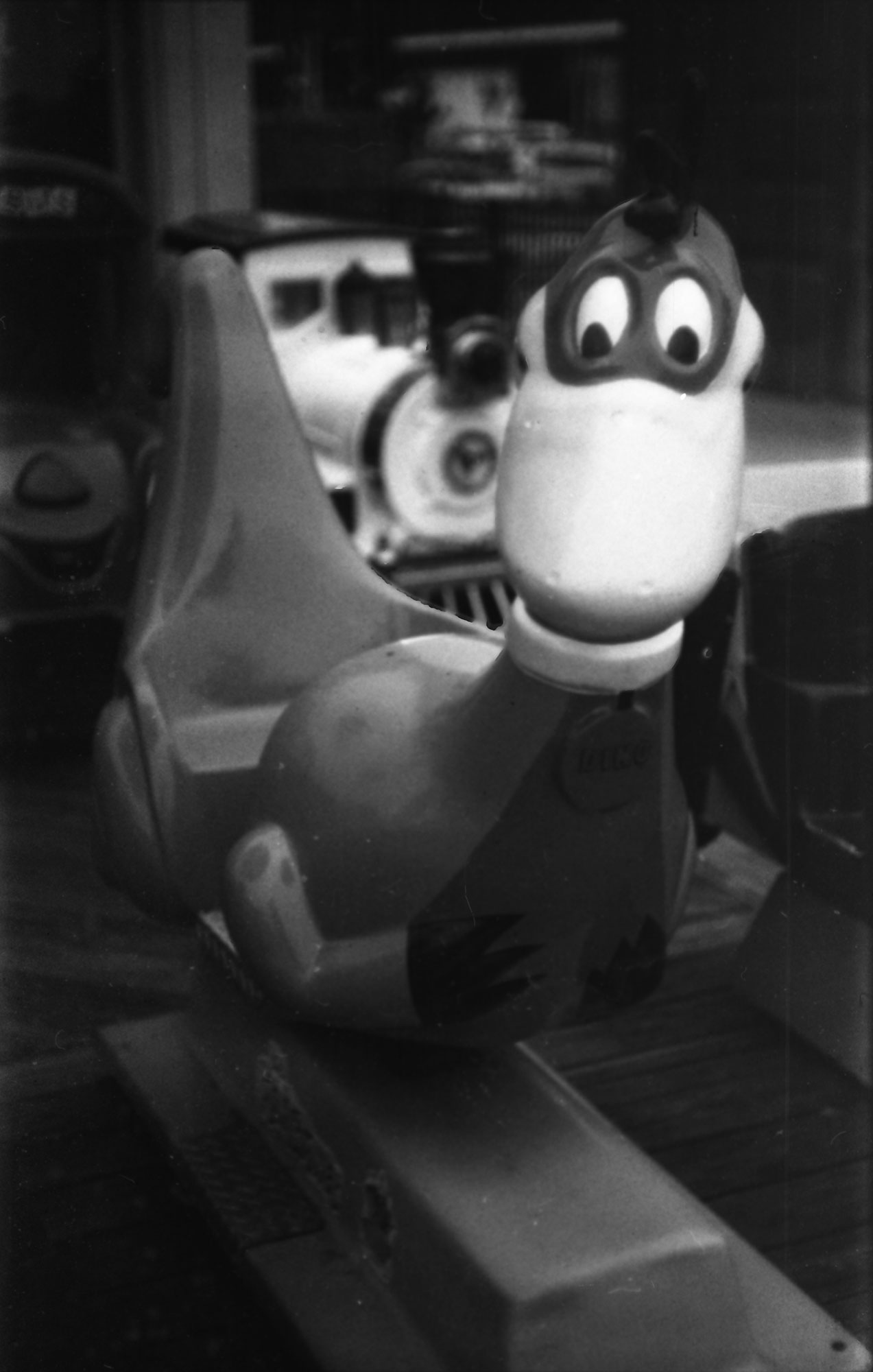
Developing it was interesting. The listing for the film suggested developing it cold. There’s not a lot of information out there about developing film cold. One of the only pages I found was by this crazy Russian in Miami, Emir Shabashvili, from 2010 describing his process for developing old film. There’s also a little more detail on this page about a specific roll from a specific camera.
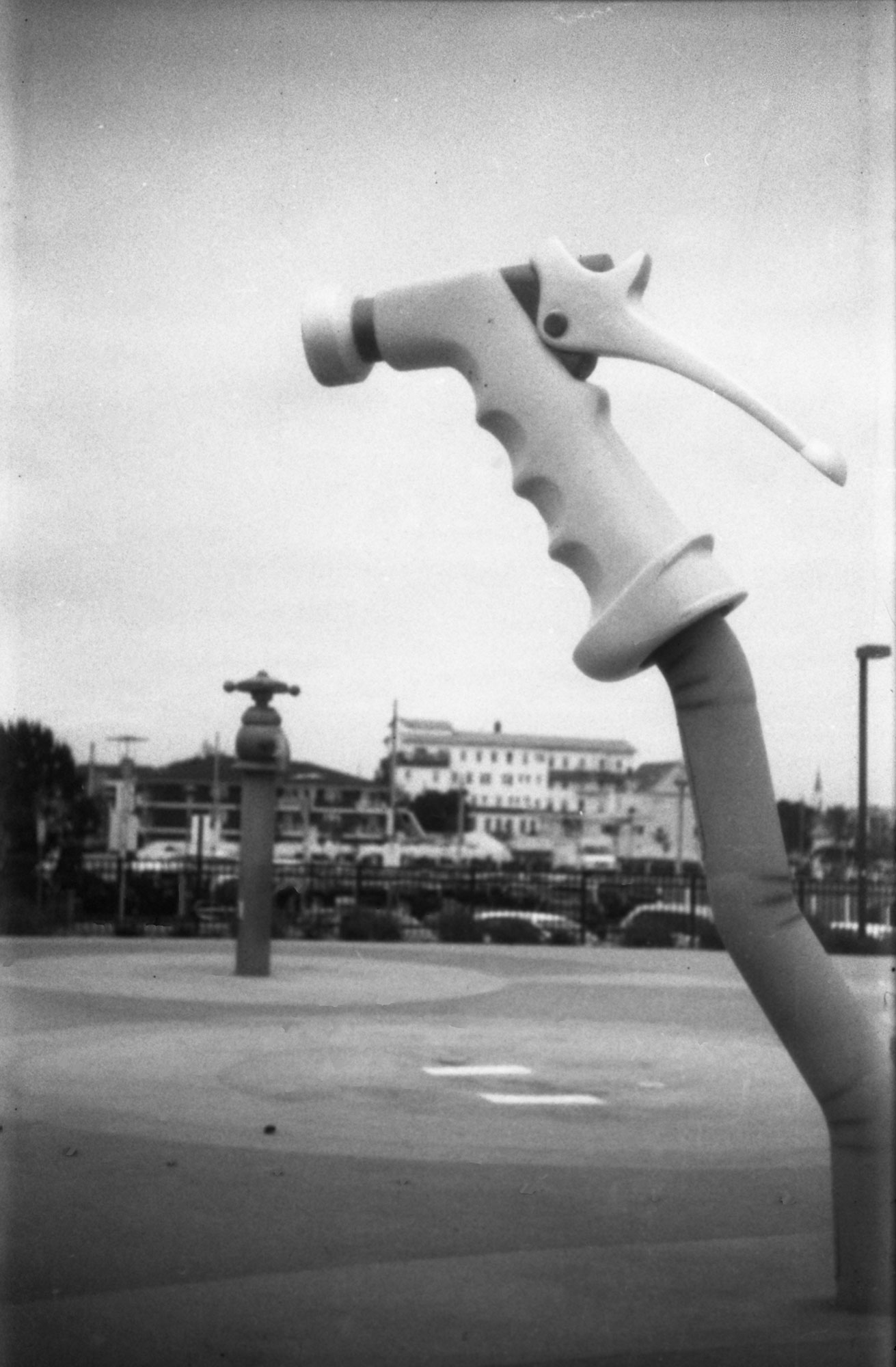
I used roughly the same process he outlines. I mixed up 500 ml of developer, 50 ml of HC-110 syrup to 450 ml of water, then put that and my usual TF-4 fixer in the refrigerator overnight, along with a gallon of water for rinsing. I pulled the chems out the next morning and developed a test strip as described in Emir’s posts, leaving it in the dev chemistry for varying amounts of time to see what the appropriate amount of time would be. I came up with 9 minutes. So I developed the film in this non-standard dilution of HC-110 for 9 minutes with the developer at 40 degrees Fahrenheit (5 degrees Celsius), full agitation for the first minute, four agitations every minute thereafter, just like most other films I develop. I don’t think the specific temperature makes much difference once you get this low, but the chemicals should be pretty close to each other. Over the 9 minutes, the fixer warmed up to about 45 degrees F, and I assume the developer and wash did as well, so I just let them. After dumping out the developer, I stopped the development with water (I don’t typically use stop bath) and then poured in the TF-4 fixer. Same routine, full agitation for the first minute, four agitations every minute thereafter for 15 minutes. Then I washed with the Ilford method of 5, 10, and 20 agitations respectively. One nice thing about using TF-4 as my fixer is that it’s alkaline, not acid, and therefore you don’t have to wash it as long as you do with acid fixers.

With all of this, I wound up, based on the histograms from when I scanned the film, with perfect exposures. One reason to develop at a cold temperature is to reduce the amount of fog present on the negatives, and I have to say, it worked a charm. There is basically no fog on this 90 year old film, which is amazing. I got better, more widely spread histograms than I do from some new rolls of film I shoot.
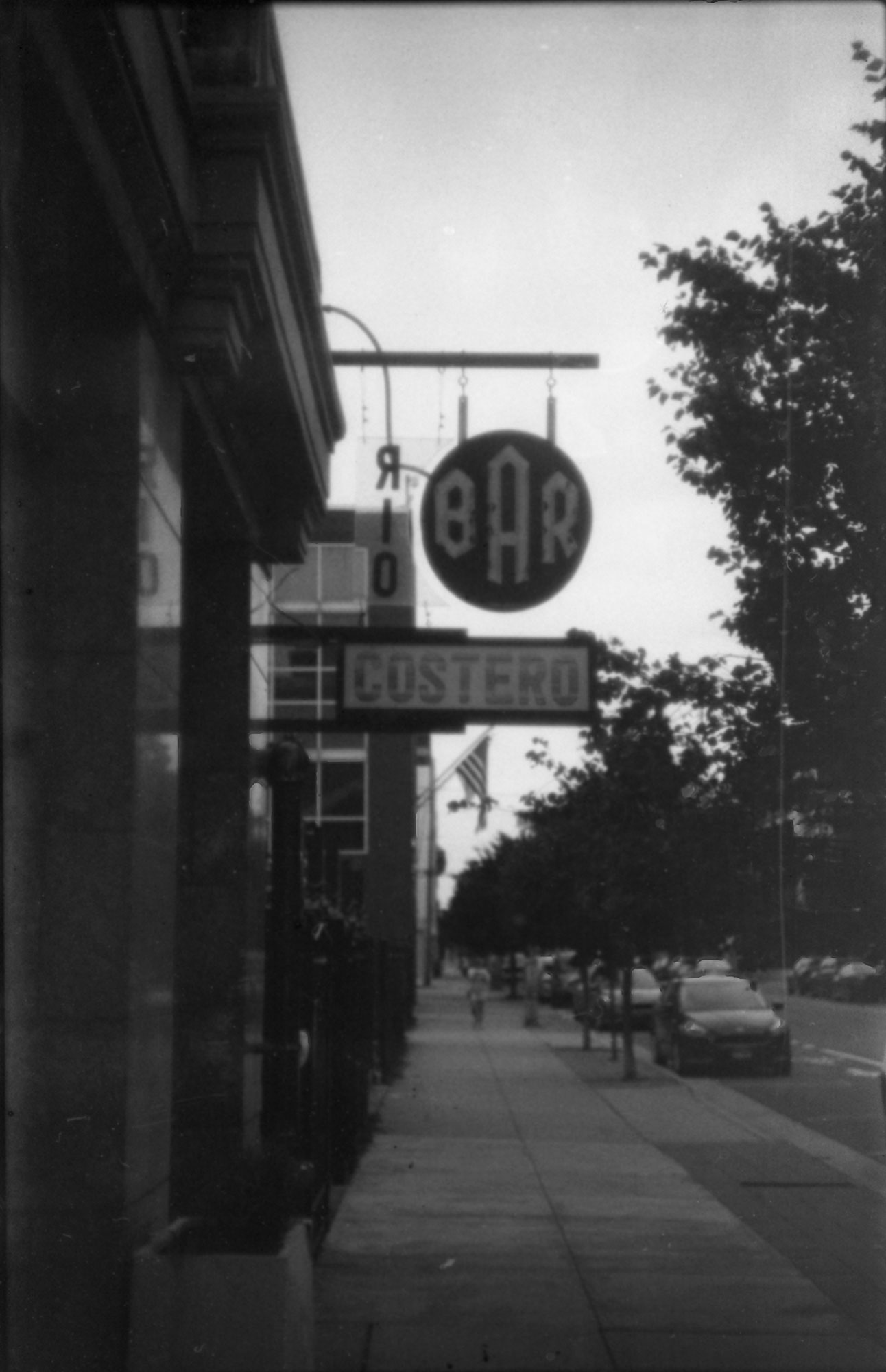
I got a few other older rolls of film from this seller on Etsy that suggest developing cold like this, but nothing this old. I’m really happy with how this worked out.
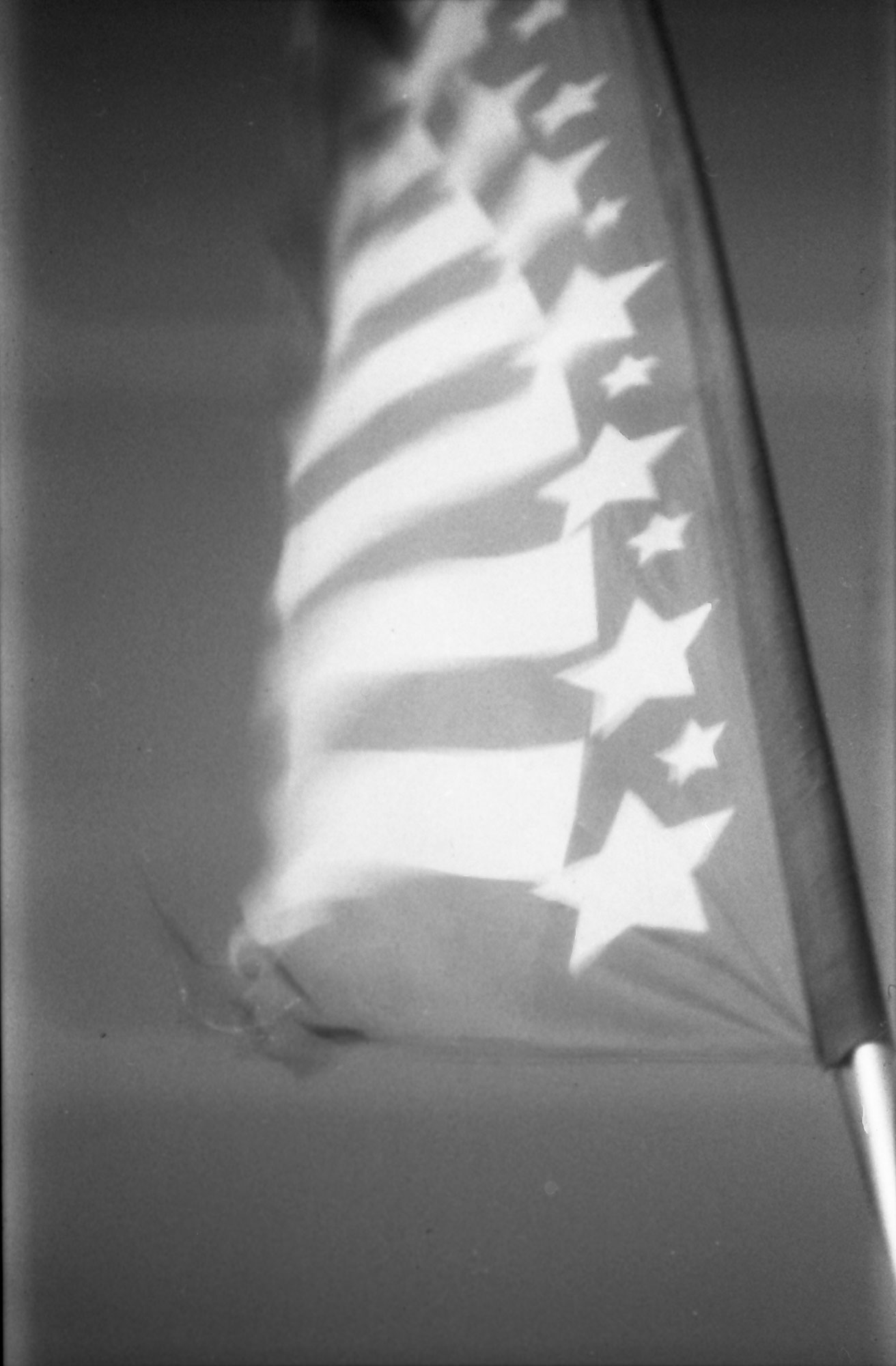
Posted at 2:07 PM